Insadong Geujip (인사동그집)
7.2Km 2020-04-24
3, Insadong 12-gil, Jongno-gu, Seoul
+82-2-737-0575
Insadong Geujip, located in the famous neighbourhood of Insadong, is a Korean fusion restaurant that is particularly well known for its traditional, yet unique interior. Along with “Insadong Seafood Rice,” and “Insadong Geujip On Rice”, diners can find a range of delicacies including Hanbang
Bossam (Herbal Napa Wraps with Pork), Savory Seafood & Spring Onion Pancake, and Kimchi Parae Pancake on the menu.
The restaurant's specialty, Geujip On Rice, a sort of Bibimbab made with a variety of seafood, vegetables and edible flowers and mixed together with rice and a red pepper paste called gochujang. The basic serving size is large enough to feed two.
The restaurant is housed in an old hanok (Korean traditional house) and has been carefully renovated to preserve the house’s traditional feel. Indoor lights wrapped with hanji, Korean traditional paper, shine a soft glow over the entire dining area and add to the overall ambience.
853 (팔오삼)
7.2Km 2021-03-24
16, Insadong, 12-gil, Jongno-gu, Seoul
+82-70-8832-0853
This is a juicy pork restaurant. This Korean dishes restaurant is located in Jongno-gu, Seoul. The most famous menu is grilled pork belly.
Podowon Samgyetang (포도원삼계탕)
7.2Km 2021-03-18
41-5, Changgyeonggung-ro26-gil, Jongno-gu, Seoul
+82-2-743-6541
This is a Korean cuisine located in Daehak-ro, Seoul. The best menu at this restaurant is ginseng chicken soup. It sells Korean healthy cuisines.
Okjeong (옥정)
7.2Km 2021-03-19
18, Insadong, 12-gil, Jongro-gu, Seoul
+82-2-733-5412
A traditional Korean restaurant serving hanjeongsik (Korean table d'hôte) for 30 years now. The representative menu is Korean table d''hote. This is a Korean cuisine located in Insa-dong, Seoul.
Gwanghwamun Deungsim (광화문등심)
7.2Km 2021-07-20
34, Jong-ro, 5-gil, Jongno-gu, Seoul
+82-2-722-2020
A restaurant that’s popular among workers for group dinners, it sells grilled meat. This Korean dishes restaurant is located in Jongno-gu, Seoul. The representative menu is grilled boneless ribs.
Antiguo Consulado de Bélgica (Museo de Arte Nam Seoul [SeMA]) (서울 구 벨기에영사관(현, 서울시립미술관 남서울생활미술관))
7.3Km 2023-10-17
Nambusunhwan-ro 2076, Gwanak-gu, Seúl.
El Museo de Arte de Seúl Nam Seoul [SeMA] es una sede abierta en el antiguo edificio del Consulado de Bélgica, el 2 de septiembre de 2004. Este lugar, designado Sitio Histórico, fue construido en 1905 y restaurado en 1983. Las emblemáticas columnas clásicas y las chimeneas se han mantenido intactas, permitiéndole al museo servir como herramienta para el estudio de la arquitectura clásica de principios del siglo XX y del arte moderno. El edificio, con 1.569 metros cuadrados, tiene salas de seminarios y de exposciones, así como oficina. Afuera hay un parque de esculturas.
Nwijo (뉘조)
7.3Km 2024-11-28
27, Insadong 14-gil, Jongno-gu, Seoul
+82-2-730-9311
Nwijo (뉘조) is a Korean restaurant specializing in wild vegetable cuisine. The name ‘Nwijo’ means ‘the god of the silkworm,’ and likens wild vegetables to silkworms in that both can be eaten in their entirety. The restaurant serves original full-course Korean meals that are prepared using hundreds of kinds of wild vegetables, including special seasonal vegetables.
A typical full-course meal starts with delicious pumpkin porridge, followed by seasoned wild vegetables, root vegetable ssam (condiments wrapped in vegetable leaves), slices of boiled meat, and steamed lotus leaf-wrapped rice served with jjigae (Korean stew) and various side dishes. This kind of traditional feast is pleasing to both the eye and the palate and is topped off with sikhye (traditional sweet rice drink). Lunch specials are also available.
Balwoo Gongyang (발우공양)
7.3Km 2025-05-29
56 Ujeongguk-ro, Jongno-gu, Seoul
Centro de Información de Estancias en Templos (템플스테이 홍보관)
7.3Km 2022-09-28
Ujeongguk-ro 56, Jongno-gu, Seúl
El centro es un complejo cultural de cinco plantas donde se encuentran la mayoría de oficinas responsables de las estancias en templos, centros de información, centros educativos, un restaurante de comida budista tradicional llamado Balwoo Gongyang, entre otros.
Museo de Arte Ilmin (일민미술관)
7.3Km 2021-03-18
Sejong-daero 152, Jongno-gu, Seúl
Este museo está administrado por la Fundación Cultural Ilmin, y fue establecido en homenaje al maestro Kim Sang-man (fundador y presidente honorario del periódico The Dong-A Ilbo), quien se esforzó durante toda su vida para fomentar el desarrollo mediático y cultural.
Se encuentra ubicado en el interior del antiguo edificio del periódico The Dong-A Ilbo. Se inauguró como un centro cultural y en diciembre de 1996 bajo el nombre de Museo de Arte Ilmin. En 2001, se realizó una renovación, y en febrero de 2002, con la construcción de 2 grandes salas de exposición, tomó el aspecto actual.
El atrio del museo, que está diseñado con vidrios y acero, conecta la calle Gwanghwamun-ro con el interior del museo. Su elegancia contemporánea demuestra el desarrollo del lugar. Al mismo tiempo, es utilizado como el lugar en donde los visitantes reciben el servicio informático necesario para recorrer el museo con facilidad. En este lugar artístico podrá encontrar la Colección Ilmin, que tiene 430 piezas artísticas que corresponden a las épocas de Goryeo hasta la actualidad, 1.200 obras consignadas por el periódico, y 100 piezas de pintura contemporánea. La Colección Ilmin está compuesta por pinturas, piezas de cerámica, etc., recolectadas por el fundador, piezas que habían sido incorporados en los periódicos y revistas de la misma compañía.
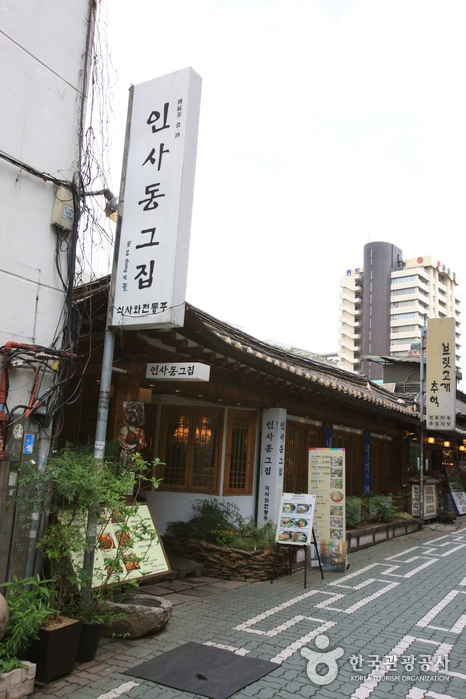
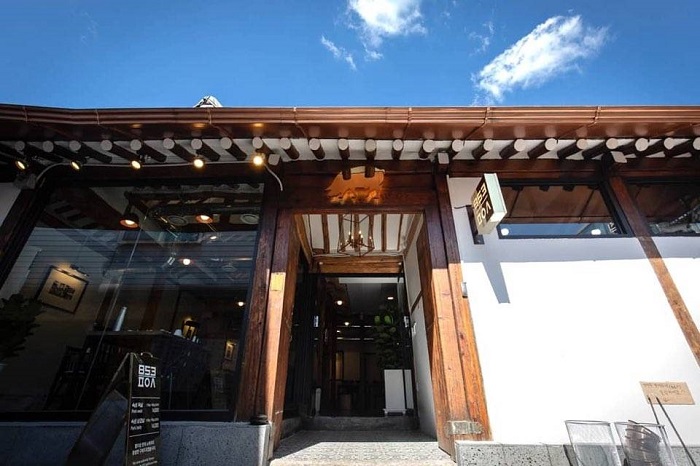

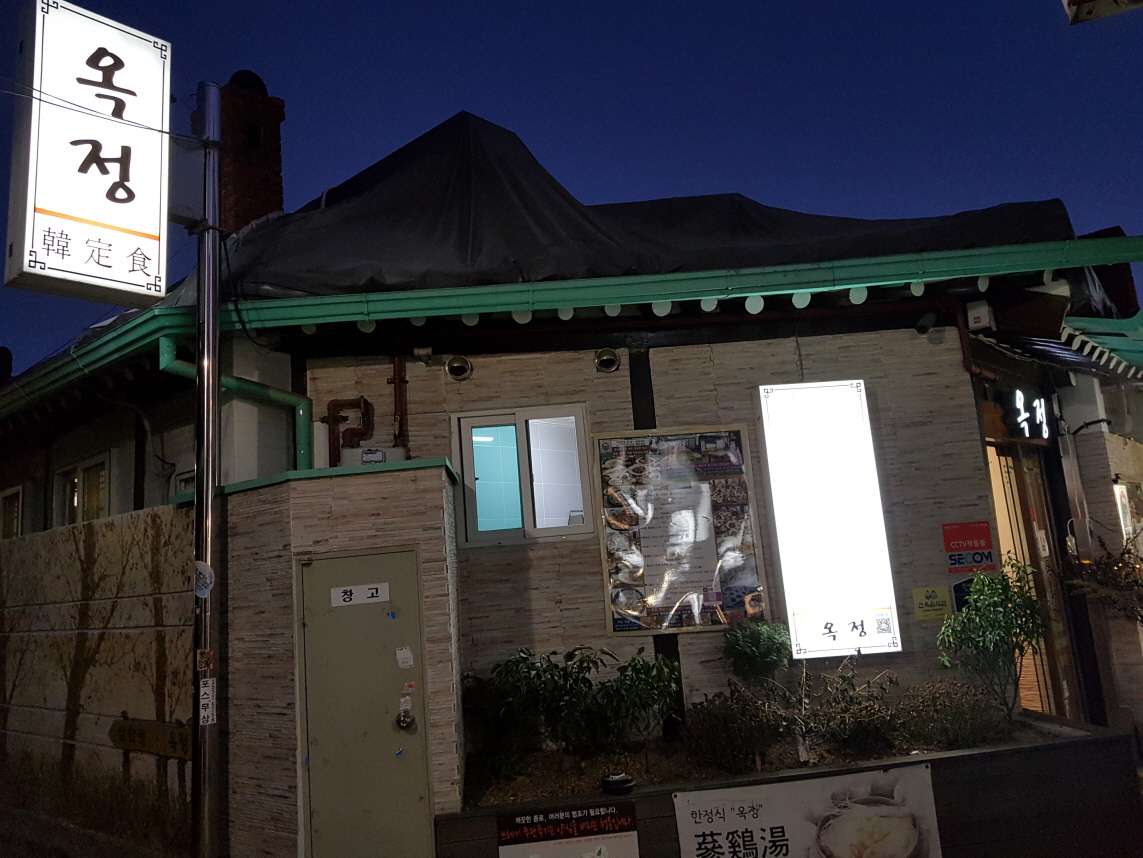
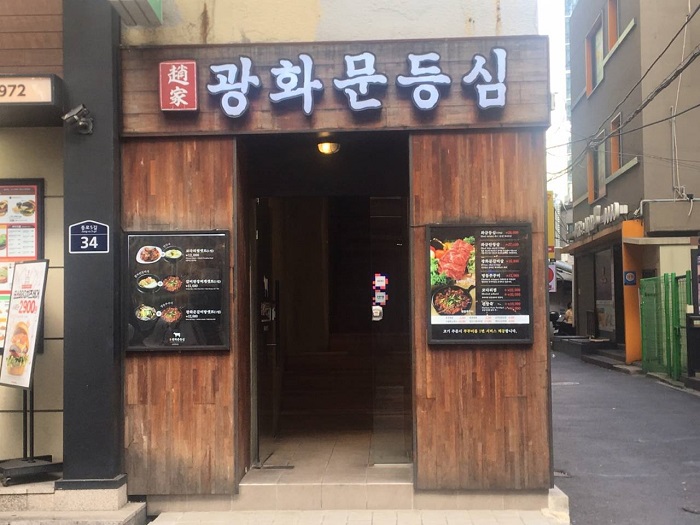
![Antiguo Consulado de Bélgica (Museo de Arte Nam Seoul [SeMA]) (서울 구 벨기에영사관(현, 서울시립미술관 남서울생활미술관))](http://tong.visitkorea.or.kr/cms/resource/43/3020543_image2_1.jpeg)


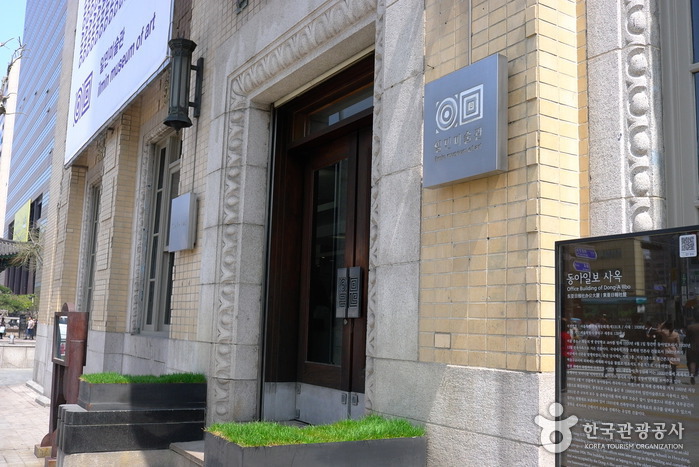
 Español
Español
 한국어
한국어 English
English 日本語
日本語 中文(简体)
中文(简体) Deutsch
Deutsch Français
Français Русский
Русский